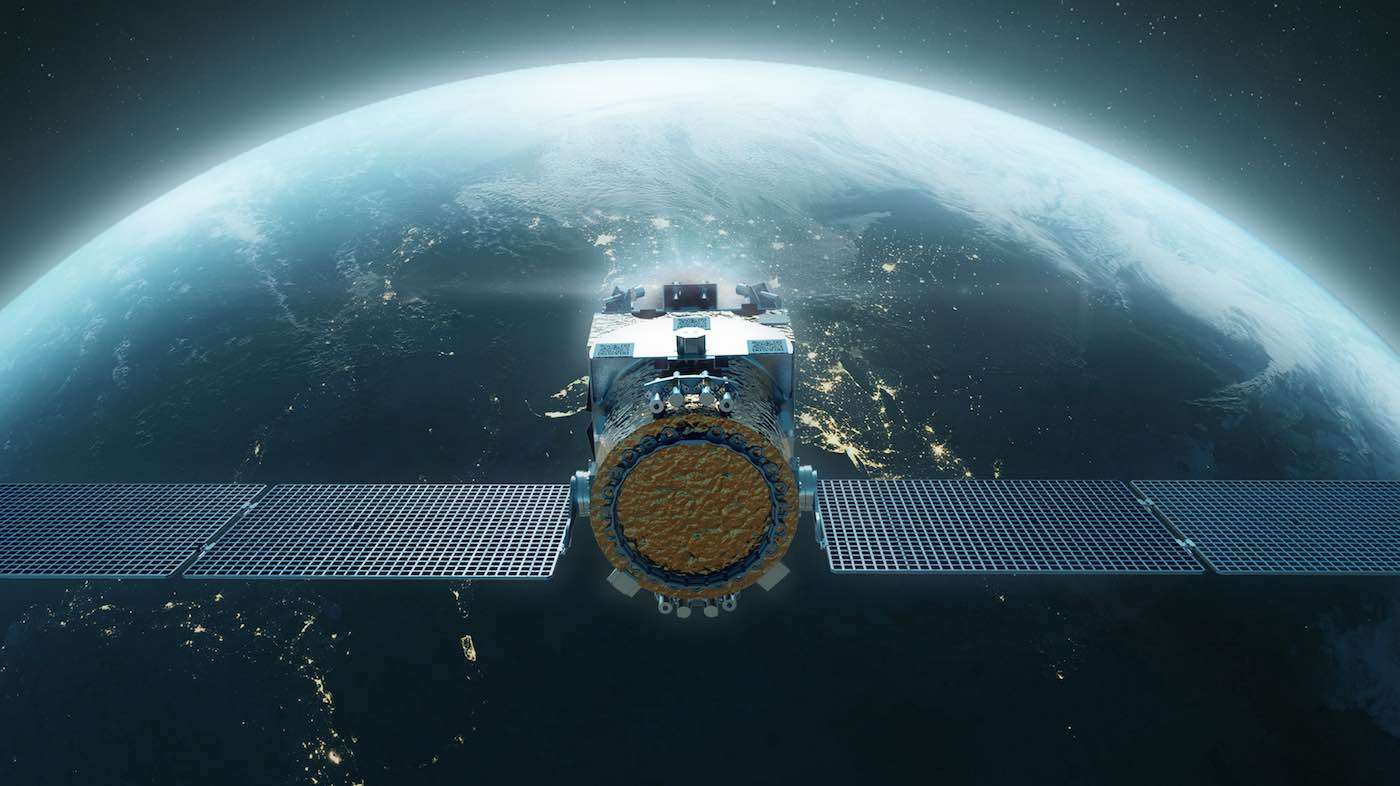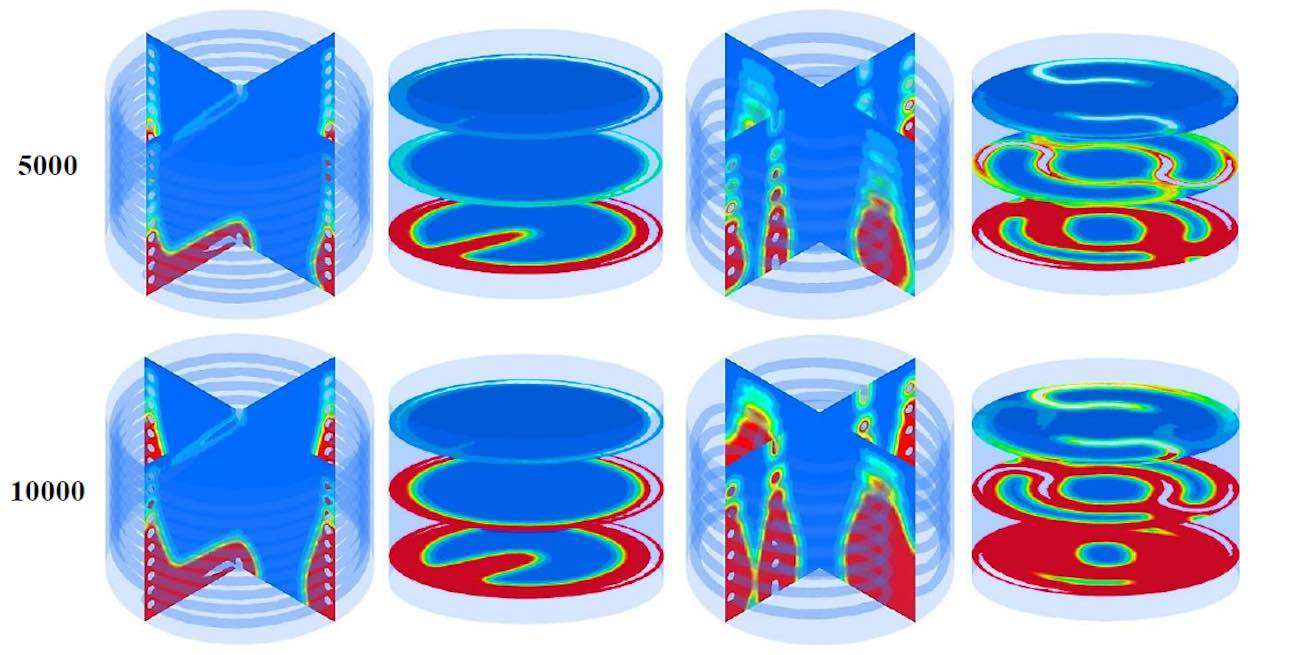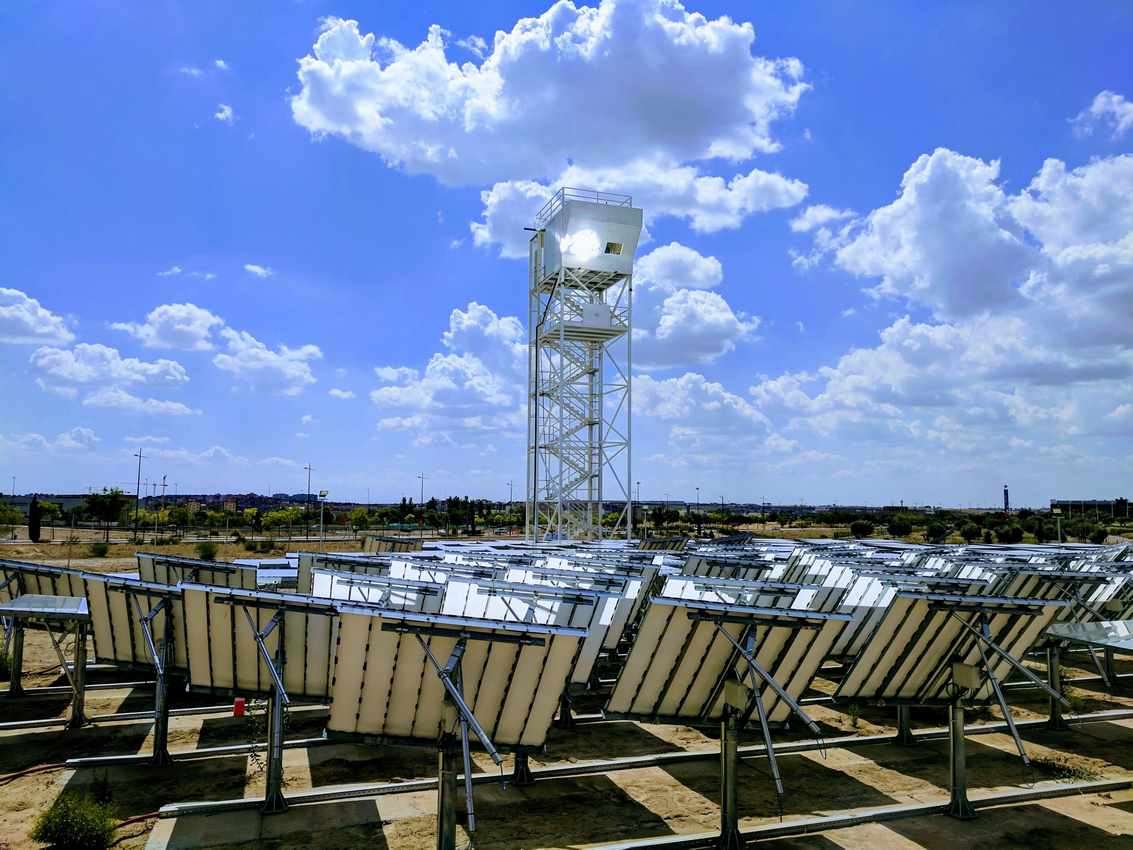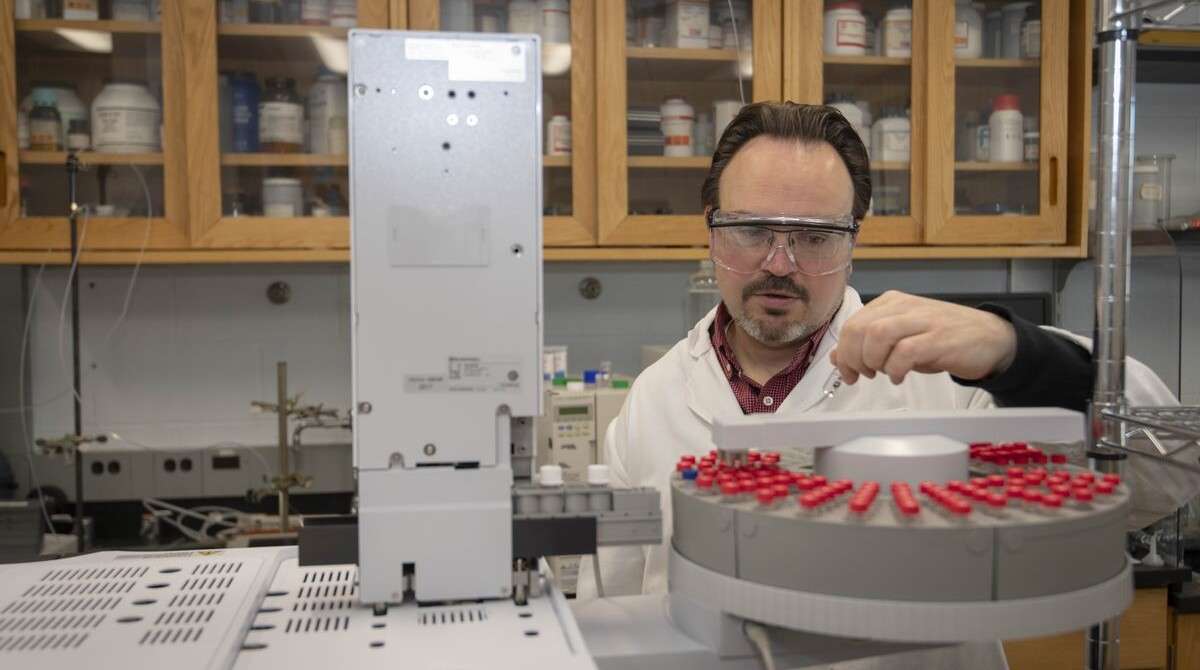US Scientists Ready to Send Space Gas Station for Refueling
A spacecraft funded by the US is being built that would orbit the Earth and aid other ships that need a refuel, to extend their missions.

A spacecraft funded by the US is being built that would orbit the Earth and aid other ships that need a refuel, to extend their missions.

Researchers at the University of Technology Sydney significantly improved hydrogen fuel cell charging times for safer solid-state storage.

5% of human emissions are generated through kerosene use in aviation, which currently has no alternative for long haul jetting.

Researchers in Australia have successfully split seawater to produce cheap and green hydrogen for fuel without pre-treatment.

The result has been dubbed "blue diesel" and would save ocean cleanup vessels time, money, and emissions from going to land to offload.
California researchers have designed a fuel that doesn't react to flames and would not start accidental fires.
Cambridge researchers capture CO2 directly from the air and make clean, sustainable fuels using just the energy from the sun.
Scientists at American University's Department of Chemistry have potentially found a way to power fuel cells using spinach.
Once perfected into a closed-loop system, the Rice University reactor will be able to transform CO2 into pure liquid fuels for electric vehicle designs.
While some governments are struggling to manage their older investments in coal-powered sources, free market forces are driving the transition to coal.
The ultra-efficient new photocatalytic molecule developed at Ohio State University can absorb 50% more light than current solar cells.
Scientists from Tokyo University have discovered a new ultra-efficient way to help produce hydrogen fuel using rust and light.
Not only did the nation succeed in transitioning directly to fuels maintaining 10 parts sulphur per million, they also managed to do it in 3 years.
The newly-announced initiative is expected to save roughly 15 to 17 billion pounds of CO2 emissions from entering the atmosphere every year.
The city of Lancaster will soon be the site of the world's largest green hydrogen electric plant—and amazingly, it will be powered by landfill waste.
Although the COVID-19 outbreaks have shocked global economies, new research says it could be the key to defeating climate change.
The device, which "sets a new benchmark in the field of solar fuels", could help to sustainably produce syngas.
The new factory is being hailed as the first ever commercial-scale factory for turning plastics into fuel in the United States.
Toronto is one of the first North American cities to harness the biogas from their food waste and turn it into something useful.
Air Company is using their NASA award-winning carbon conversion technology to turn air pollution into eco-friendly rocket fuel.
Recent Stories
A Heartfelt Reminder to Appreciate the Ones We Love
Cherish the Woman Who Stands by You
Breaking Generational Cycles of Pain
Living by Your Own Values, Not Others' Approval
When Life Brings Rain, It’s Okay to Rest
Before You Judge Someone's Life, Take a Moment to Walk in Their Shoes.
A Friend Who Spreads Gossip is Not a True Friend at All
The Value of Human Connection Over Digital Convenience
The Quiet Kind of Love
One Day, Your Mom Won’t Call You Anymore
I’ve reached a point in my life...
Happiness is a mindset, a conscious choice we make every day